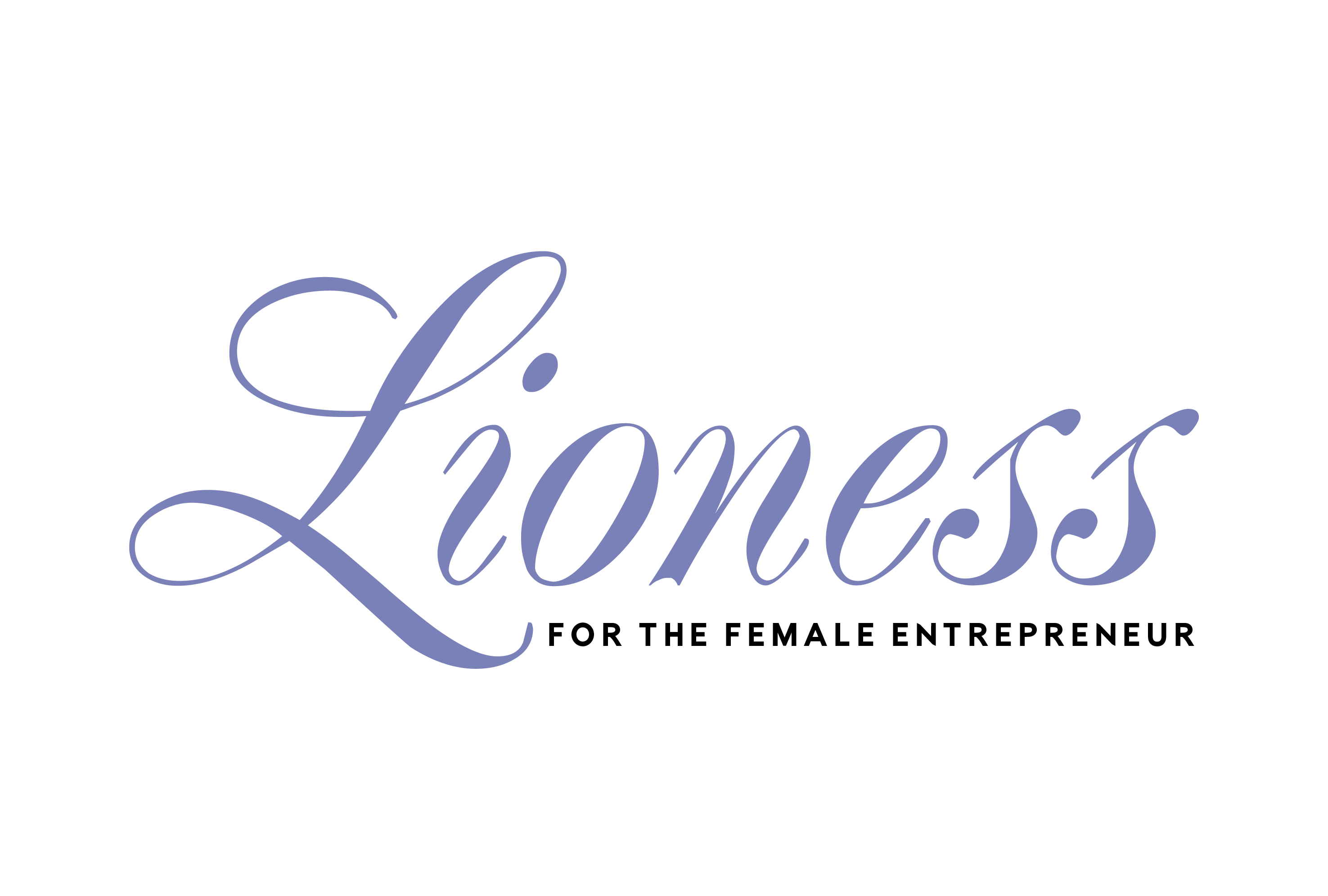
(PRNewsFoto/Brand South Africa)
Brand South Africa in partnership with the SA Women Alliance in Atlanta hosted a celebration to commemorate the 60th anniversary of the iconic 1956 Women’s March under the theme “Women United in Moving South Africa Forward.” The guest of honor bestowed with the 2016 Women Legacy Award was Sophia Theresa DuBryun, the only surviving member of the four women who led the historic women’s march 60 years ago in 1956.
The 1956 march and others before by thousands of fearless women are testament to the role of women in bringing about our democracy. During the 1956 march about 20,000 women of all races marched to the Union Buildings to protest against the discriminatory pass laws which had restricted the movement of Black people in the country. At the time the struggle for women in South Africa was a triple oppression struggle, where women were oppressed as a class, color (race) and gender.
In South Africa, pass laws were a form of internal passport system designed to segregate the population, manage urbanization, and allocate migrant labour. Also known as the natives law, pass laws severely limited the movements of black African citizens by requiring them to carry pass books when outside their homelands or designated areas.” – Wikipedia
Along with Lilian Ngoyi, Helen Joseph, Rahima Moosa, DuBryun marched “on Aug. 9, 1956 with an estimated 20,000 women of all races descending on Pretoria. As the women arrived by train and other means, they walked to the Union Buildings, the centre of the South Government, in small groups of two’s and three’s as large groups were banned by the authorities and met at the buildings gardens and amphitheatre.
A representatives of each race group in South Africa carried 14,000 petitions for presentation to the Prime Minister J.G. Strijdom. The Prime Minister was not available, being elsewhere so as not to accept the petition from a multicultural group of women, so in his place it was accepted by his Secretary. They then stood for thirty minutes in silence before singing Nkosi Sikelel’ iAfrika and then sang a woman’s freedom song called Wathint’ abafazi, Strijdom!”
According to South Africa’s Deputy Minister of Public Service and Administration Ayanda Dlodlo there exists “great parallels in the struggles in the U.S. and South Africa. It is through the numerous acts of defiance by the civil rights movement leaders and political activists such as Coretta Scott King, Mildred Marvin, Angela Davis and many others that oppression in all its forms will be combated. It was equally an act of defiance that MsRosa Parks chose not to give up her seat not because she was tired but because she was tired of giving in.”
This seminal moment in our history has been celebrated since 1995 as Women’s Day, and is the focal point of Women’s Month celebrations during the month of August in South Africa. During Women’s Month the nation recognizes the important role of political activism by women during the struggle for liberation against colonization and apartheid.
“We chose to define ourselves where across the world women were reduced to caring, homemakers and obedient wives. We went out to fulfill all those roles and achieve a whole lot more,” DuBryun said.
According to Brand South Africa, over the past 22 years South Africa has made significant inroads in regards to gender parity and women empowerment. The organization said the nation has made noteworthy progress in putting in place legislation and policy frameworks for advancing equality.
In September 2015 a Presidential Directive was issued and instructed that the Economic Cluster Ministers ensure women’s economic empowerment is placed centrally in the implementation of their departmental programs and in the Nine-Point Plan to grow the economy.
Many women continue to face obstacles such as limited access to economic opportunities. Education of young women remains a pressing challenge with most girls not being able to complete their secondary education. Among the reasons are early pregnancy, marriage and being forced to stay at home to help with children.






Add Comment